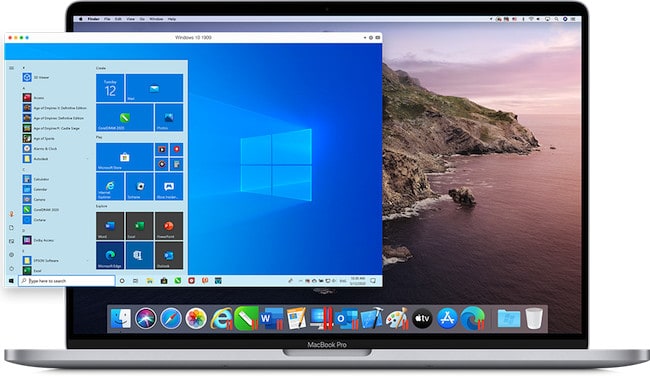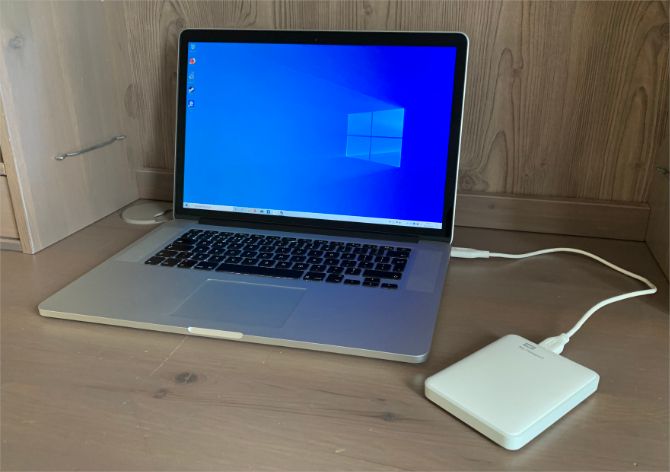

- #HOW TO START MACBOOK EXTERNAL HARD DRIVE TO WINDOW HOW TO#
- #HOW TO START MACBOOK EXTERNAL HARD DRIVE TO WINDOW WINDOWS 10#
That means it’s not formatted correctly to work with Windows. However, you may encounter a “Not Initialized” error when connecting the device to your PC. Typically, external drives are formatted out of the box.
#HOW TO START MACBOOK EXTERNAL HARD DRIVE TO WINDOW WINDOWS 10#
Windows 10 lists optical drives differently. Windows 10 typically lists an external drive as Disk 2 along with the next successive alphabetic label if you don’t have any other internal disk-based storage. If your PC has a secondary “data” drive (D:), Disk Management assigns it as Disk 0.

Your PC’s primary boot drive (C:) hosting Windows and other programs appears as Disk 1. Step 1: Right-click on the Start button and select Disk Management on the Power User menu. The process is less straightforward in Windows than what you see on a Mac, but it’s now easier than ever. But let’s go through the important steps you need to know to quickly partition the drive while working on Windows.
#HOW TO START MACBOOK EXTERNAL HARD DRIVE TO WINDOW HOW TO#
We have a full guide on how to complete the process from Windows 10 here. We have guides for Windows and MacOS in case you need a helping hand. Make sure you back up anything important before beginning the formatting process. It’s not the ideal solution - we get it - but it works nonetheless.īefore digging in, select a primary format you’ll use the most: MacOS Extended if you primarily use Mac with a secondary exFAT partition, or NTFS if you mainly use Windows 10 with a secondary exFAT partition.įinally, formatting deletes all data stored on the drive. With all that in mind, our guide splits the external drive in half: One primary section capable of storing files larger than 4GB, and a secondary section capable of sharing files between MacOS and Windows 10. If you want to save larger files, you’ll need to create a second, dedicated space using a format optimized for MacOS (Extended) or Windows 10 (NTFS). That puts you in a peculiar pickle, limiting any shared file between the two platforms at 4GB or smaller. Meanwhile, the NTFS system used by Windows 10 supports large files, but this format can’t be read natively by MacOS. However, this format doesn’t support larger files, which can be problematic for transferring 4K videos and so on between Macs and Windows 10 PCs.

It’s a simpler, universal method if every file you store is less than 4GB in size. Leo Watson/Digital Trends It’s a split, niche scenarioĪ quick Google search may lead you to believe you’re on the right path by formatting the entire drive with Extensible File Allocation Table, or exFAT.


 0 kommentar(er)
0 kommentar(er)
